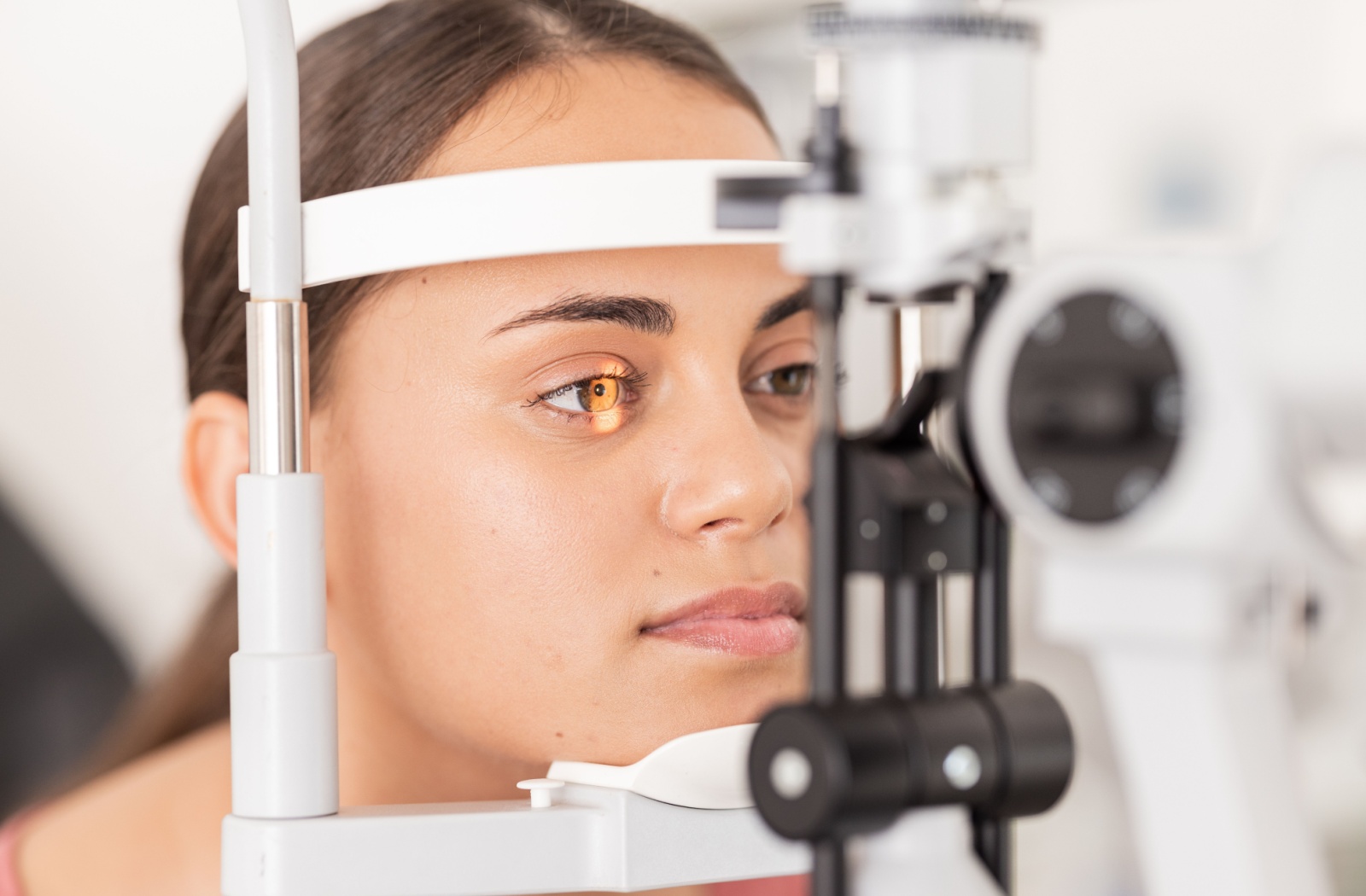Pink eye, medically known as conjunctivitis, is a common eye condition characterized by redness or pinkish eyes. However, pink or red eyes can easily be misdiagnosed as pink eye, leaving individuals with untreated or incorrectly treated underlying conditions.
Other eye conditions, such as allergic conjunctivitis, blepharitis, styes, dry eyes, keratitis, and glaucoma, can also present with eye redness. Symptoms such as severe redness, itching, or discharge from the eye might mean an eye emergency and require immediate attention from an eye doctor.
What Is Pink Eye?
The conjunctiva is the thin, transparent layer that covers the inner eyelid and the whites of the eye. Pink eye is inflammation of the conjunctiva.
Pink eye is primarily diagnosed through its telltale redness and discharge, but it is often a blanket diagnosis for any eye redness, itchiness, or discomfort. Bloodshot eyes result from irritation to the blood vessels in the conjunctiva, which causes them to dilate and cause eye redness.
Pink eye can spread from one to the other. Viral and bacterial pink eye are contagious and can spread or contract from touching contaminated surfaces and through airborne exposure such as coughing and sneezing. Symptoms of pink eye include:
- Itching or burning sensation
- Swollen eyelids
- Sensitivity to light
- Excessive tearing
- Sticky yellow, watery, or stringy discharge from the eyes
Diagnosis & Treatment for Pink Eye
One key reason for the prevalence of misdiagnoses is self-diagnosis. Over-the-counter remedies and internet searches can lead people astray, assuming the issue is benign when it might be a precursor to something more complex. Delayed diagnosis and treatment can result in more aggressive forms of infection, increasing the risk of spreading the disease to others or experiencing prolonged symptoms.
Treatment for pink eye depends on the type of conjunctivitis. Bacterial conjunctivitis treatment includes antibiotic eye drops or prescription ointment. Antibiotics don’t work for viral conjunctivitis, but it will go away on its own after the duration of the infection.
How To Prevent Pink Eye
You can reduce your risk of contracting viral or bacterial pink eye by taking the following measures:
- Wash your hands often with soap and warm water
- Use hand sanitizer in public spaces
- Never share contact lenses or their cases
- Avoid rubbing your eyes if you have a cold or flu-like symptoms
- Don’t share towels, washcloths, tissues, or eye makeup
- Wipe down frequently used areas or items with antibacterial cleaners
- If your child has contagious pink eye, keep them home from school
Conditions Often Misdiagnosed as Pink Eye
A comprehensive eye exam, review of your symptoms, and ocular history can help your eye doctor make an accurate diagnosis. The challenge in correctly diagnosing an eye condition lies in distinguishing conjunctivitis from other eye infections and more benign conditions like seasonal allergies or even ocular complications of systemic disease.
Allergic Conjunctivitis
Allergic conjunctivitis shares symptoms like red, itchy, and watery eyes with pink eye. However, the causes include irritants or allergens, not viral or bacterial agents. This key distinction points to different treatment options, with antihistamines and avoidance tactics taking the forefront in managing this condition.
Blepharitis
Blepharitis involves inflammation of the eyelids, which can cause similar eye redness and discomfort seen in pink eye. However, foamy tears are one blepharitis symptom not found in pink eyes.
Stye
Often painful, a stye is a small, red bump at the base of the eyelash. The symptoms can be similar to pink eye, including eye redness and eyelid swelling.
Dry Eye
Dry eye presents with redness, irritation, and the sensation of a foreign object in the eye—common symptoms often mistaken for pink eye. However, the root cause of dry eye is inadequate production of tears and poor quality tears, which can lead to corneal abrasions and other complications if not managed properly.
Keratitis
Keratitis is inflammation of the cornea, the transparent front part of the eye. While it shares some symptoms with pink eye, it can be more painful.
Glaucoma
Glaucoma is a group of eye diseases that cause damage to the optic nerve at the back of the eye. Symptoms similar to pink eye include eye redness, sensitivity to light, and tearing.

When To See Your Eye Doctor
The primary recommendation for anyone experiencing eye symptoms is to seek a professional examination from your eye doctor with the expertise and tools to discern the underlying cause of eye redness and formulate a precise treatment plan.
If a diagnosis of pink eye is confirmed, proper hygiene practices to prevent its spread are essential. However, if at-home treatments don’t yield improvements after a few days, visit your eye doctor for reassessment.
Understanding the nature of common misdiagnoses can be empowering for anyone concerned about their eye health. While pink eye may be the first assumption for many with symptoms such as redness and watery eyes, a correct diagnosis is crucial to receiving the most effective treatment.
If you experience discomfort or changes to your vision and aren’t sure about the next steps, book an appointment with ERC Optometry for further clarity and support. Your vision is irreplaceable, and it deserves the right care.

